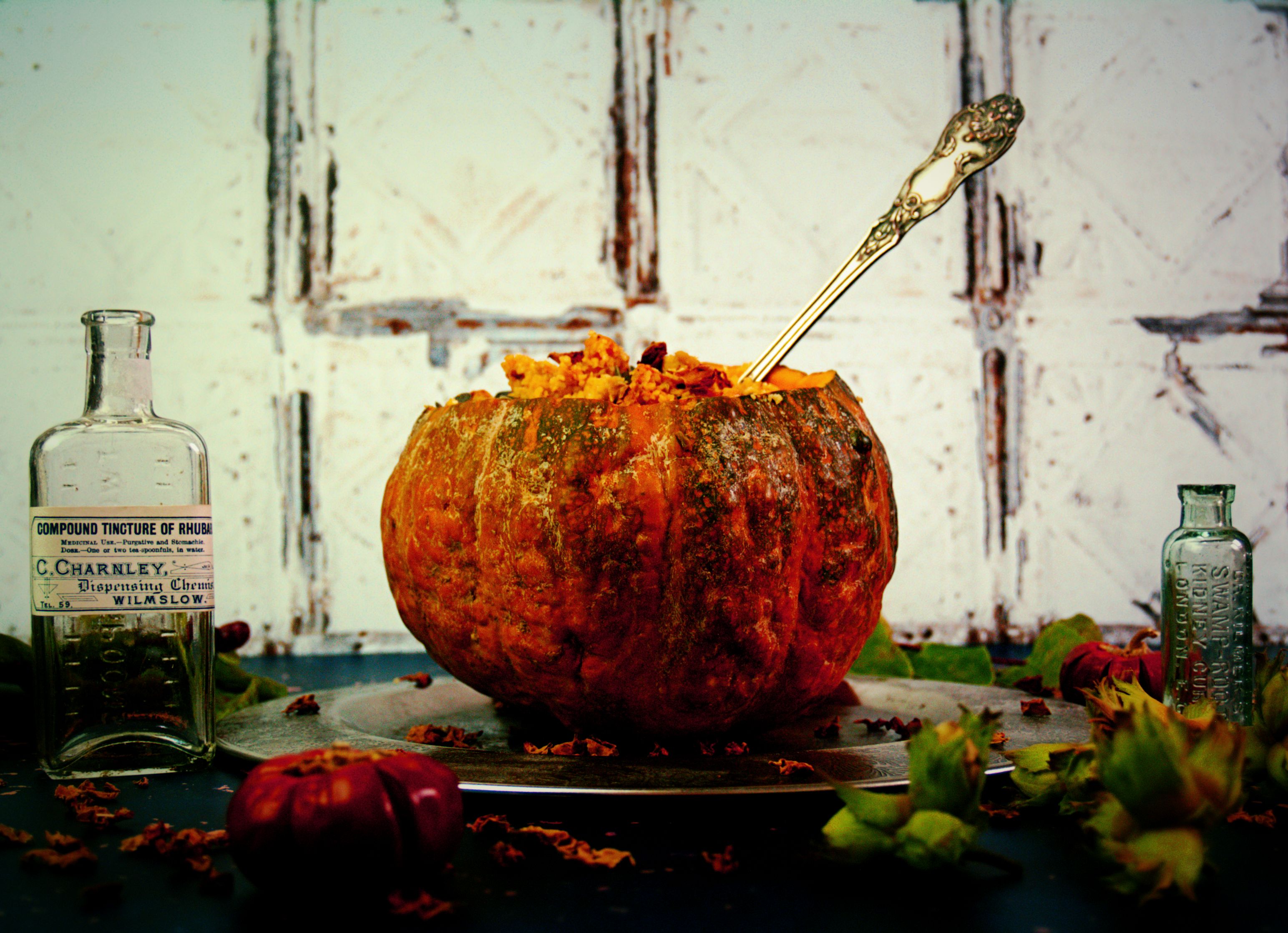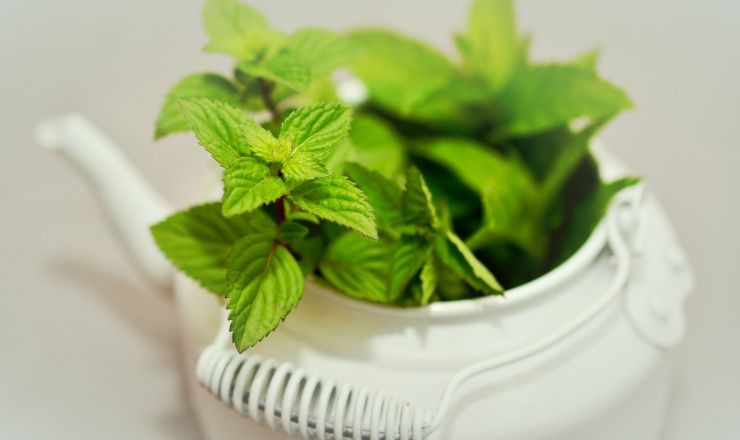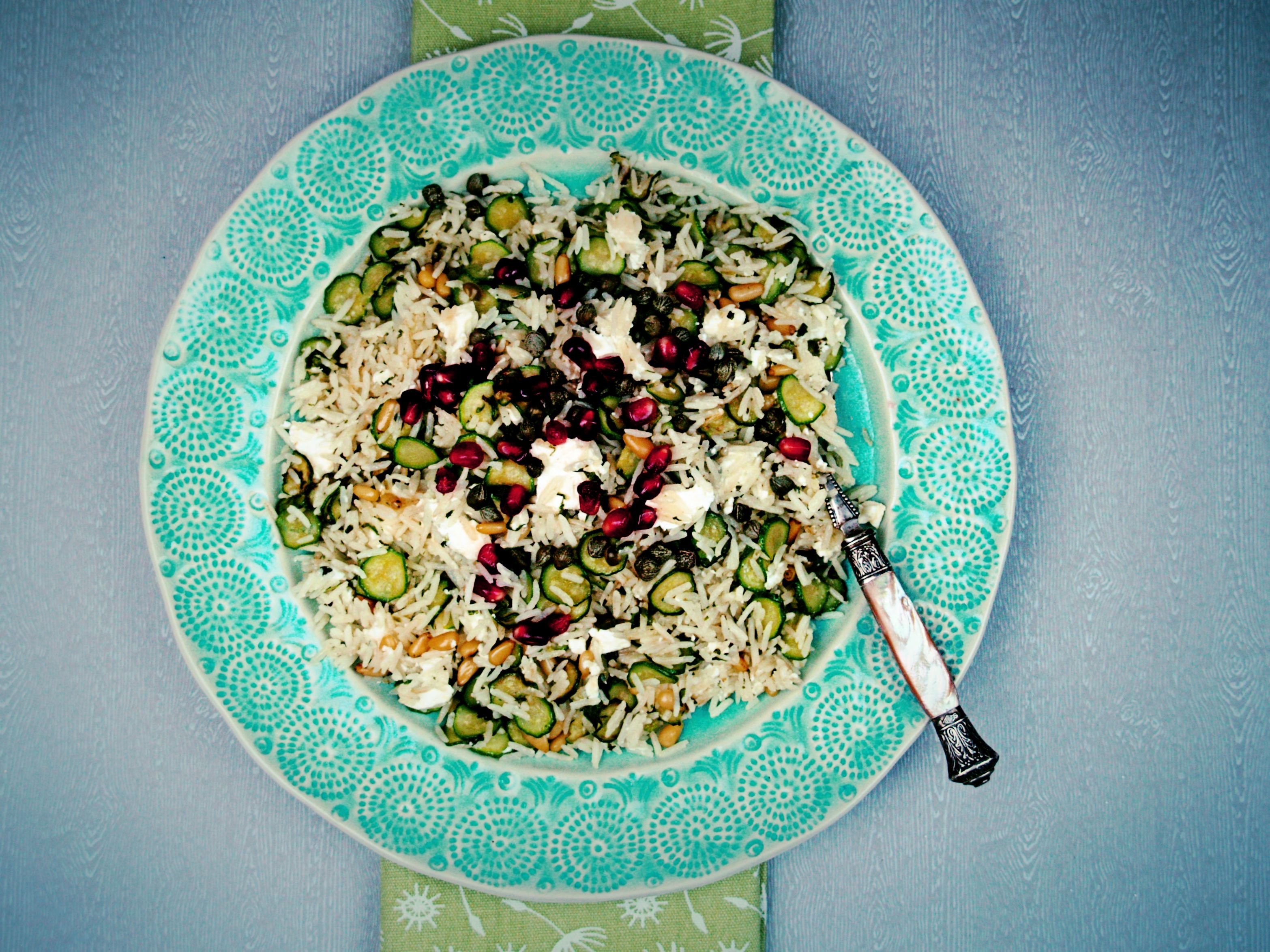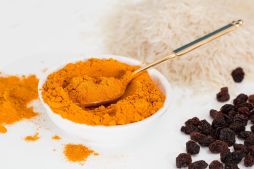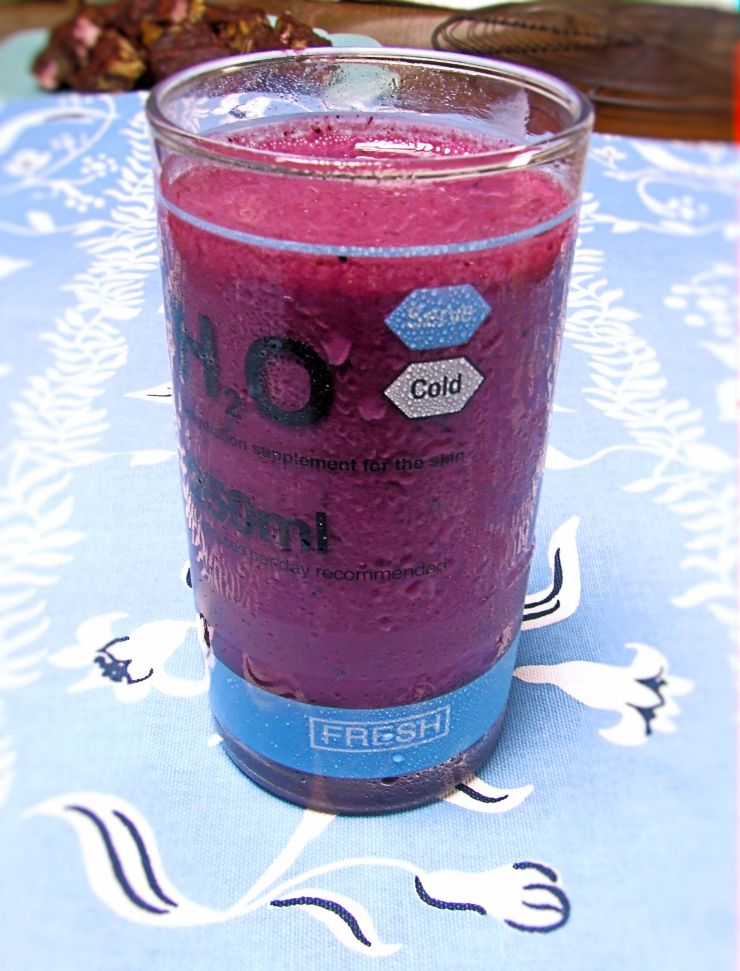I have not posted anything on my blog for some time but hopefully I will be on here more often from now. This may surprise you considering we have all been locked in for 3 months but I have been working from home and with a new job my focus has been on that really. Anyway glad to be back. This recipe is a great summer evening meal – light and tasty just right for those long hot days.
Ingredients
- 60g gluten free flour
- 60g oatmeal (this does not need to be gluten free unless you have coeliac disease.)
- 11/2 teaspoons ginger
- Pinch of salt
- Handful of chopped coriander
- 1 egg
- 4 salmon fillets
- Spray oil
Method
- Wash the salmon and remove the skin (you can ask the fishmonger to do this for you if you find it difficult)
- Dust in flour.
- Break the egg into a small dish and blend with a fork
- Add the ginger to the oats, coriander and salt and place on a plate
- Add the salmon to the egg wash coat and allow the excess to drain off.
- Place the salmon fillets on the oats and coat well
- Spray the top with spray oil
- Cook in an oven at 204 degrees C/gas mark 6 for 15 minutes
- Enjoy with a green salad and boiled salad potatoes










